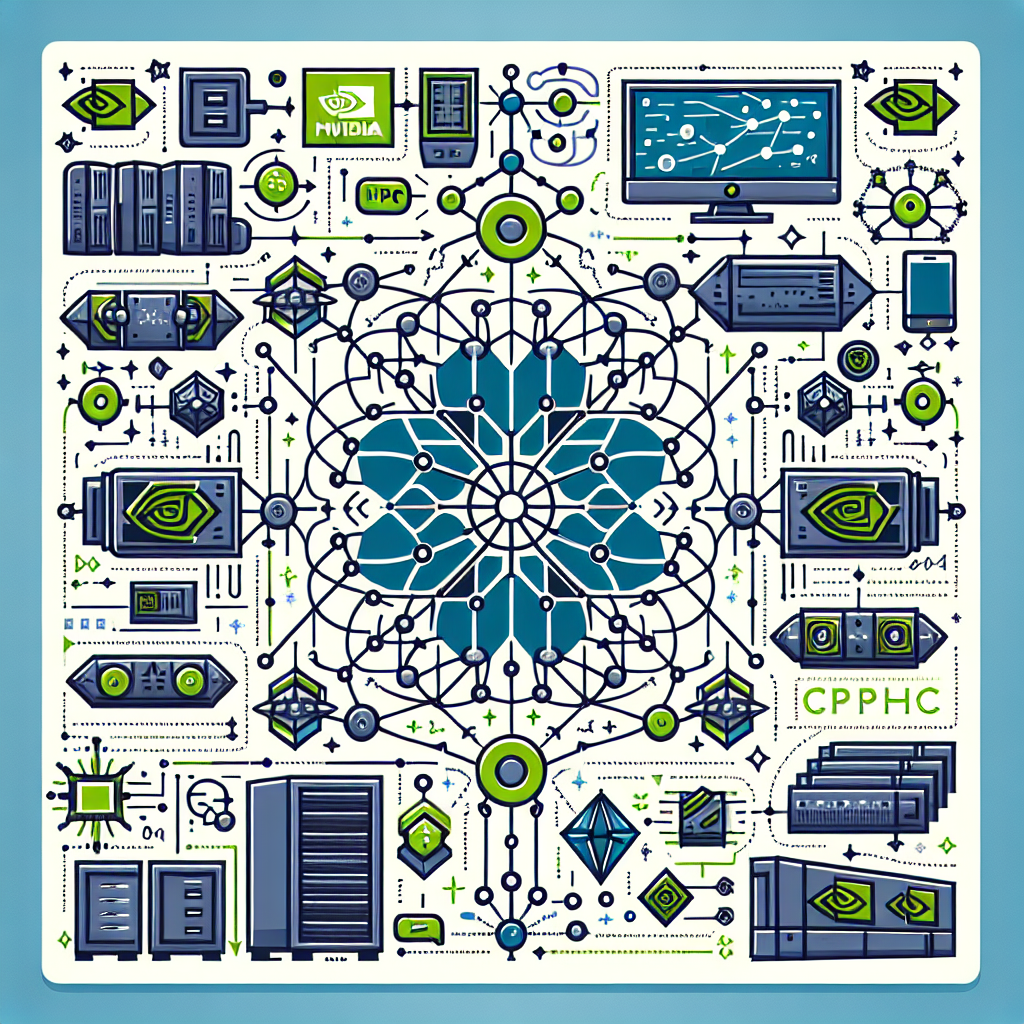High-Performance Computing (HPC) has become an essential tool in a wide range of industries, from scientific research to financial modeling. NVIDIA, a leading provider of graphics processing units (GPUs), has been at the forefront of HPC innovation with its powerful GPU solutions. In this article, we will demystify NVIDIA HPC and provide a beginner’s guide to understanding and harnessing the power of high-performance computing.
What is High-Performance Computing?
High-Performance Computing refers to the use of powerful computer systems to solve complex and demanding computational problems. These systems are designed to provide significantly higher processing speeds and capabilities than traditional computers, enabling users to tackle large-scale simulations, data analysis, and modeling tasks that would be impossible with standard hardware.
NVIDIA HPC Solutions
NVIDIA has emerged as a key player in the HPC market, thanks to its cutting-edge GPU technology. GPUs are specialized processors that excel at parallel processing and are ideal for handling the massive amounts of data and calculations involved in high-performance computing tasks. NVIDIA’s GPUs are designed to work in conjunction with traditional CPUs, providing a significant boost in performance for a wide range of applications.
NVIDIA’s HPC solutions are built around its CUDA parallel computing platform, which allows developers to harness the power of GPUs for a variety of computing tasks. CUDA enables programmers to write code that can run on both CPUs and GPUs, taking advantage of the parallel processing capabilities of NVIDIA’s GPUs to accelerate computations and improve overall performance.
NVIDIA also offers a range of software tools and libraries to support HPC applications, including CUDA Toolkit, cuDNN (CUDA Deep Neural Network library), and TensorRT for optimizing deep learning models. These tools make it easier for developers to leverage the power of NVIDIA’s GPUs and create high-performance computing solutions for a variety of industries.
Getting Started with NVIDIA HPC
If you are new to high-performance computing and interested in exploring NVIDIA’s HPC solutions, there are a few key steps to get started. First, familiarize yourself with the basics of parallel computing and GPU programming. NVIDIA offers a wealth of resources on its website, including tutorials, webinars, and training materials to help you learn the fundamentals of CUDA programming.
Next, consider investing in a GPU-accelerated workstation or server to test your HPC applications. NVIDIA’s Tesla GPUs are designed specifically for high-performance computing tasks and can provide a significant performance boost compared to traditional CPUs. You can also explore cloud-based HPC solutions, such as NVIDIA’s GPU Cloud, which offers access to a range of software tools and libraries for HPC development.
Finally, start experimenting with HPC applications and explore the possibilities of NVIDIA’s GPU technology. Whether you are working on scientific simulations, machine learning algorithms, or financial modeling, NVIDIA’s HPC solutions can help you accelerate your computations and achieve faster results.
In conclusion, NVIDIA HPC offers a powerful and versatile platform for high-performance computing tasks. By understanding the basics of GPU programming and leveraging NVIDIA’s software tools and libraries, you can harness the full potential of GPU technology and create high-performance computing solutions for a variety of industries. With NVIDIA’s support and resources, you can unlock new possibilities in HPC and take your computational capabilities to the next level.


Leave a Reply